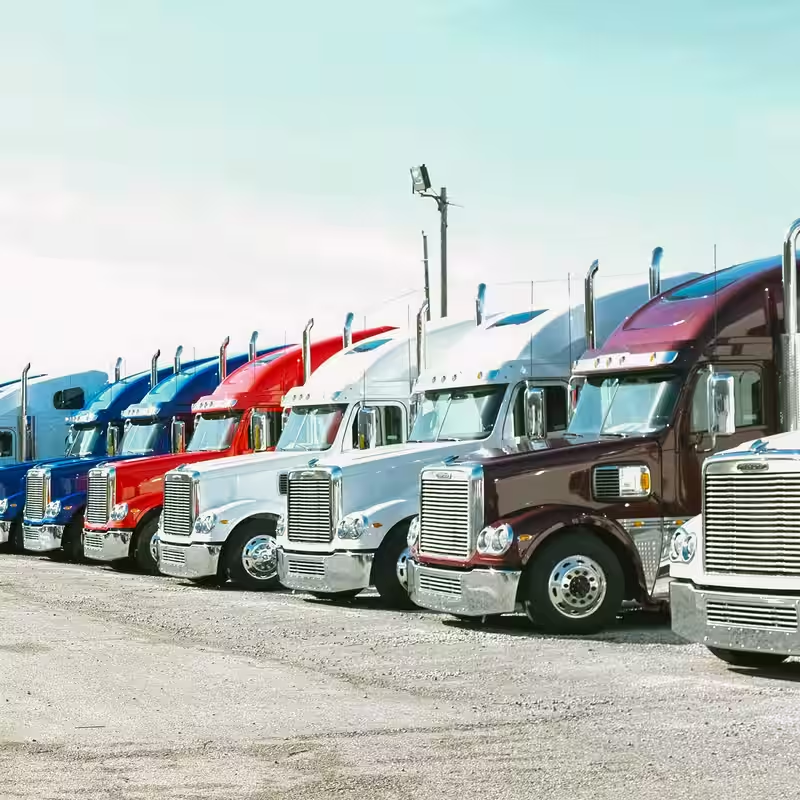Trump’s New 25% Truck Tariff Hits Nov. 1: What It Means for Your Wallet and the Auto Industry
In a bold move that has sent shockwaves through the commercial vehicle and automotive sectors, former President Donald Trump has finalized a new wave of tariffs just days before their November 1st effective date. The policy imposes a steep 25% duty on imported medium and heavy-duty trucks and a 10% tariff on buses, while simultaneously extending a critical lifeline to domestic automakers .
A Two-Pronged Trade Strategy
The Trump administration’s latest trade action is a classic example of its “America First” philosophy in action. On one hand, it slams the door on foreign commercial vehicles, aiming to protect U.S. manufacturers like Navistar and Paccar. On the other, it keeps the door open for the broader auto industry by extending a vital tariff relief program.
The 25% tariff will apply to all imported Class 3 through Class 8 trucks—a category that includes everything from large delivery vans to long-haul semis . Buses and motorcoaches, crucial for public and private transit, will face a 10% import duty .
Tariff Relief Extended for Automakers
In a move that has been widely welcomed by Detroit, the White House has extended a tariff rebate program for U.S. automakers until 2030 . This program allows major manufacturers like Ford and General Motors to apply for a reimbursement on tariffs paid for imported auto parts that are used in vehicles assembled domestically .
This extension is seen as a direct response to intense lobbying from the auto industry, which warned that a sudden removal of this relief would have caused significant disruption to their complex North American supply chains . The relief provides a crucial buffer, giving manufacturers more time to adjust before any potential future parts levies take full effect .
What This Means for Consumers and Businesses
The impact of the truck and bus tariffs is expected to be immediate and far-reaching. Fleet operators, from small delivery services to massive logistics companies, are bracing for a “major increase in equipment costs” .
These increased costs are unlikely to be absorbed by manufacturers or dealers. Instead, they will almost certainly be passed on to consumers, leading to higher prices for goods and services that rely on road transport . Industry analysts predict a potential 17% delay in commercial vehicle demand for the remainder of 2025 as businesses scramble to adjust their budgets .
Table of Contents
- A Two-Pronged Trade Strategy
- Tariff Relief Extended for Automakers
- What This Means for Consumers and Businesses
- Key Exemptions and Fine Print
- Sources
Key Exemptions and Fine Print
It’s not a blanket policy. The new tariffs include a significant carve-out for vehicles and parts that comply with the USMCA (United States-Mexico-Canada Agreement) trade deal, which could shield a large portion of North American production from the full brunt of the duties .
Furthermore, the tariff on truck parts will not be implemented immediately. The Commerce Department has been tasked with creating a process to specifically target non-US content, meaning eligible parts may enter duty-free for the time being .
Industry on High Alert
Trade groups like the American Trucking Associations (ATA) have issued stark warnings, stating that these tariffs will harm not just carriers and dealers, but also threaten jobs and the broader economy . The policy is seen as a major shift that could force original equipment manufacturers (OEMs) to completely rethink their North American production strategies .




